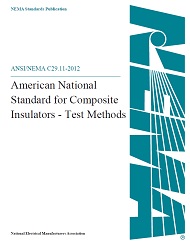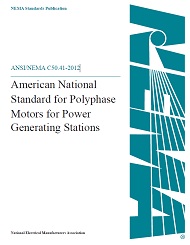This Part of IEC 62321 describes the test methods for lead, cadmium and chromium in polymers, metals and electronics by AAS, AFS, ICP-OES and ICP-MS.
This standard specifies the determination of the levels of cadmium (Cd), lead (Pb) and chromium (Cr) in electrotechnical products. It covers three types of matrices: polymers/polymeric workpieces, metals and alloys and electronics.
This standard refers to the sample as the object to be processed and measured. What the sample is or how to get to the sample is defined by the entity carrying out the tests. Further guidance on obtaining representative samples from finished electronic products to be tested for levels of regulated substances may be found in IEC 62321-2. It is noted that the selection and/or determination of the sample may affect the interpretation of the test results.
This standard describes the use of four methods, namely AAS (atomic absorption spectrometry), AFS (atomic fluorescence spectrometry), ICP-OES (inductively coupled plasma optical emission spectrometry), and ICP-MS (inductively coupled plasma mass spectrometry) as well as several procedures for preparing the sample solution from which the most appropriate method of analysis can be selected by experts.
As the hexavalent-Cr analysis is sometimes difficult to determine in polymers and electronics, this standard introduces the screening methods for chrome in polymers and electronics except from AFS. Chromium analysis provides information about the existence of hexavalent-Cr in materials. However, elemental analyses cannot selectively detect hexavalent-Cr; it determines the amount of Cr in all oxidation states in the samples. If Cr amounts exceed the hexavalent-Cr limit, testing for hexavalent-Cr should be performed.
The test procedures described in this standard are intended to provide the highest level of accuracy and precision for concentrations of Pb, Cd and Cr that range, in the case of ICP-OES and AAS, from 10 mg/kg for Pb, Cd and Cr, in the case of ICP-MS, from 0,1 mg/kg for Pb and Cd in the case of AFS, the range is from 10 mg/kg for Pb and 1.5 mg/kg for Cd. The procedures are not limited for higher concentrations.
This standard does not apply to materials containing polyfluorinated polymers because of their stability. If sulfuric acid is used in the analytical procedure, there is a risk of losing Pb, thus resulting in erroneously low values for this analyte. In addition, sulfuric acid and hydrofluoric acid are not suitable for determining Cd by AFS, because it disturbs the reduction of Cd.
Limitations and risks occur due to the solution step of the sample, e.g. precipitation of the target or other elements may occur, in which case the residues have to be checked separately or dissolved by another method and then combined with the test sample solution.
Product Details
- Published:
- 2022
- Number of Pages:
- 40
- File Size:
- 1 file , 590 KB
- Product Code(s):
- 100989, 100989, 100989
- Note:
- This product is unavailable in Ukraine, Russia, Belarus


